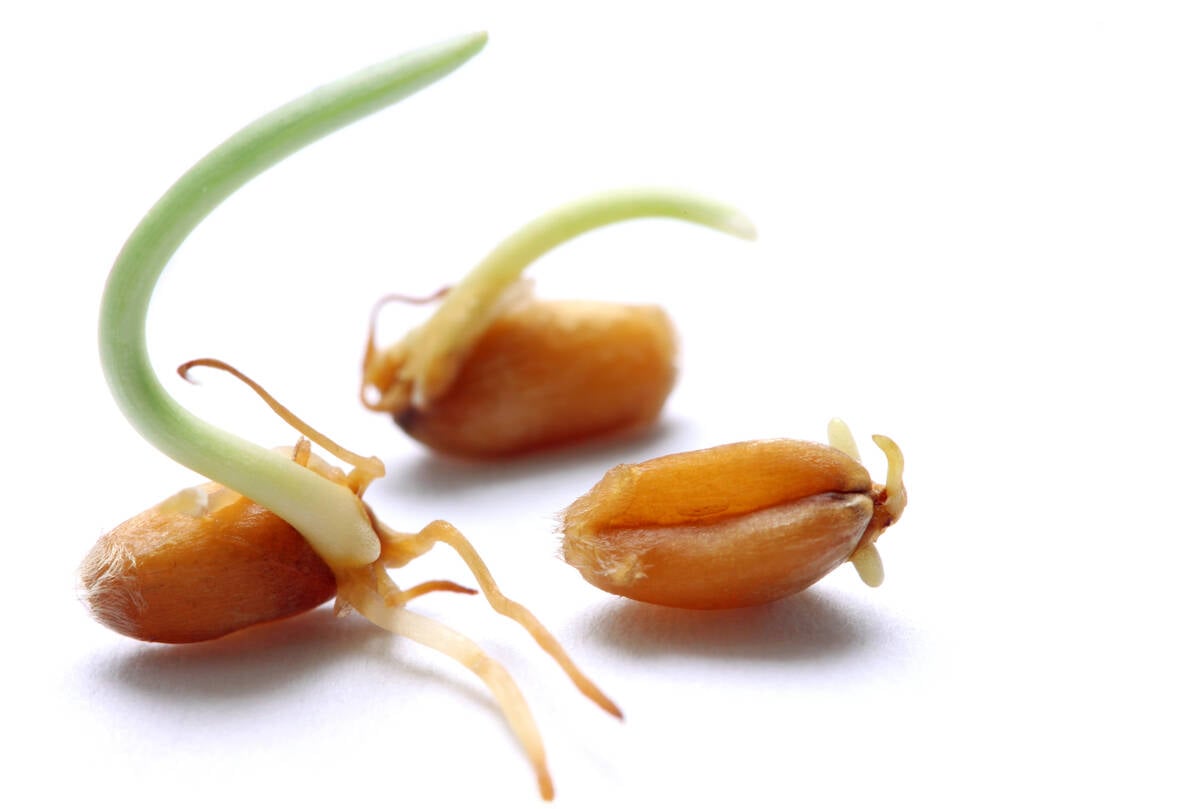STURGIS, Sask. — Sandi Nischuk began teaching cooking classes to help others be healthier.
“Because of the increase in disease, we’ve become much more health conscious.”
She belongs to the Seventh-Day Adventist church, whose adherents are known for their dietary and lifestyle choices. Adventists generally don’t smoke or drink alcohol. They eat a lot of fruit and vegetables and are likely to obtain their protein from plants rather than animals.
Studies confirm that Adventists are healthier than the general population. They tend to have significantly lower rates of heart disease, diabetes, hypertension, arthritis and certain cancers.
Read Also

Manitoba farmers fight sprouted wheat after rain
Rain in mid-September has led to wheat sprouting problems in some Manitoba farm fields.
After taking classes and qualifying as a certified vegetarian cuisine instructor, Nischuk and a friend began teaching classes in nutrition and food preparation. The demand for recipes was high so the two women compiled a recipe book, Good Health in One Package. This coil-bound book contains recipes for everything from breakfasts to dinners, to desserts and jams and condiments. All are prepared without meat, eggs and dairy products.
“We made it egg and dairy free to accommodate people with allergies to those products,” Nischuk said.
More aware
Shirley Woytas, a Sturgis, Sask., teacher who took the class, said she is interested in the vegetarian diet because she has been diagnosed as gluten intolerant. Woytas can’t eat wheat flour but said as a result of the class she eats better and has become a label reader.
Hazel Urbanski is a former teacher with a grown family. She and her husband are not vegetarian, but since taking the course she “thinks about the food we eat a lot more.” She enjoyed learning about nutrition in general, the importance of exercise and drinking lots of water. She was intrigued to learn how to make pie crusts without using lard or oil. Since taking the course, she tries to prepare a couple of meatless suppers every week.
The classes usually begin with a session on bread making. Ground flaxseed replaces the oil in Nischuk’s recipe. She said sugar is not needed for the yeast to rise. Though it’s nice to grind wheat grown on one’s farm, Nischuk said some wheat is too low in protein to rise. Grinding a vitamin C tablet and one tablespoon of lethicin with the flaxseed will alleviate this problem.
Successive classes include meal preparation and information on nutrition and general health. Students are taught how to make meat substitutes from grain products, sugar-free jams and a vegetarian cheese. Ice cream made in a juicer is always a favorite.
As part of the course, participants demonstrate how much sugar, most of it hidden, the average person might consume in a day. As one course participant reads “Joe’s” daily food intake, the other measures out sugar ingested. Participants are always stunned to see how much it actually is — over two cups in Joe’s case.














